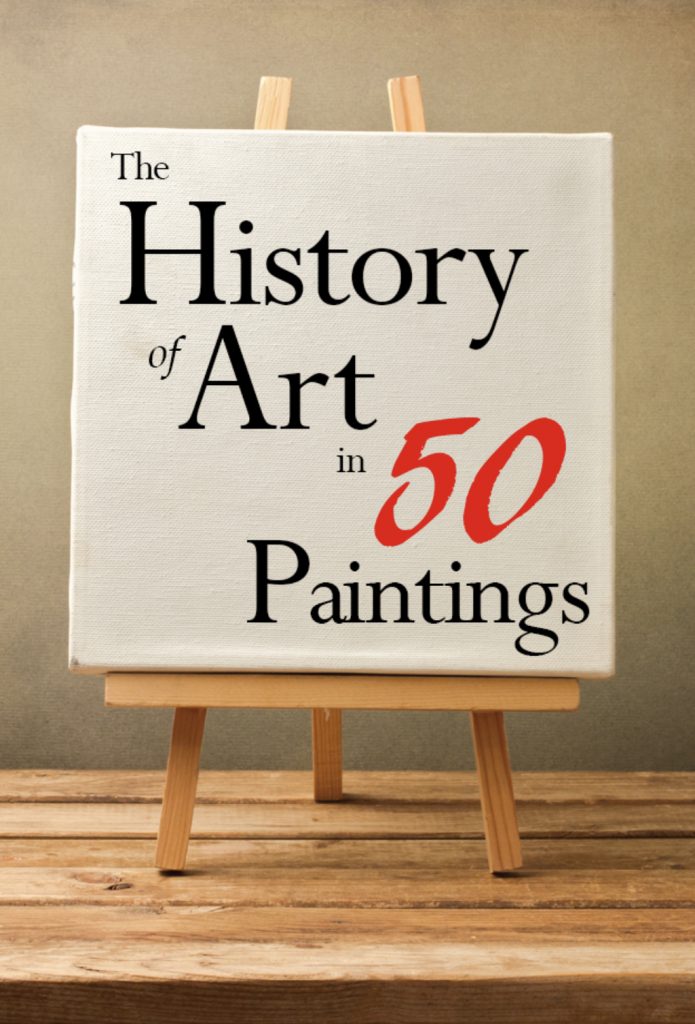What We’re Reading
Glen Gonzalez (Click on our name to access to our LinkedIn pages)
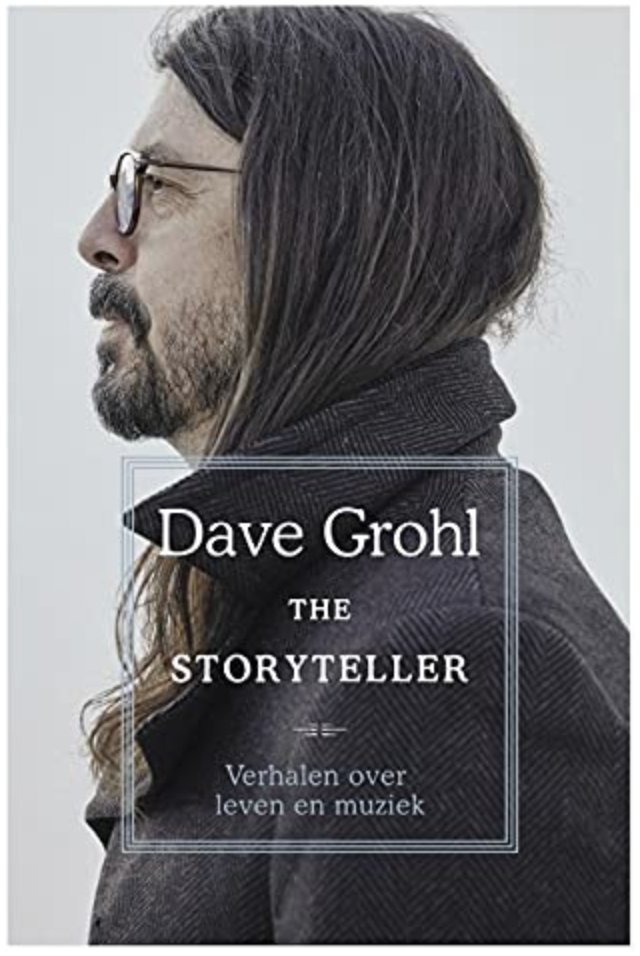
Even though they are considered a standard bearer for my generation, I wasn’t a big Nirvana fan when they broke through; but they had an undeniable impact on rock music. Over the years, though, I have become a fan of Dave Grohl’s various music projects: Probot, Them Crooked Vultures, the Sound City documentary and, of course, Foo Fighters. He’s easily rock’s greatest ambassador and it’s most dynamic catalyst right now. I don’t typically read books like this but my wife picked it up for me and, so far, it’s been worth the read.
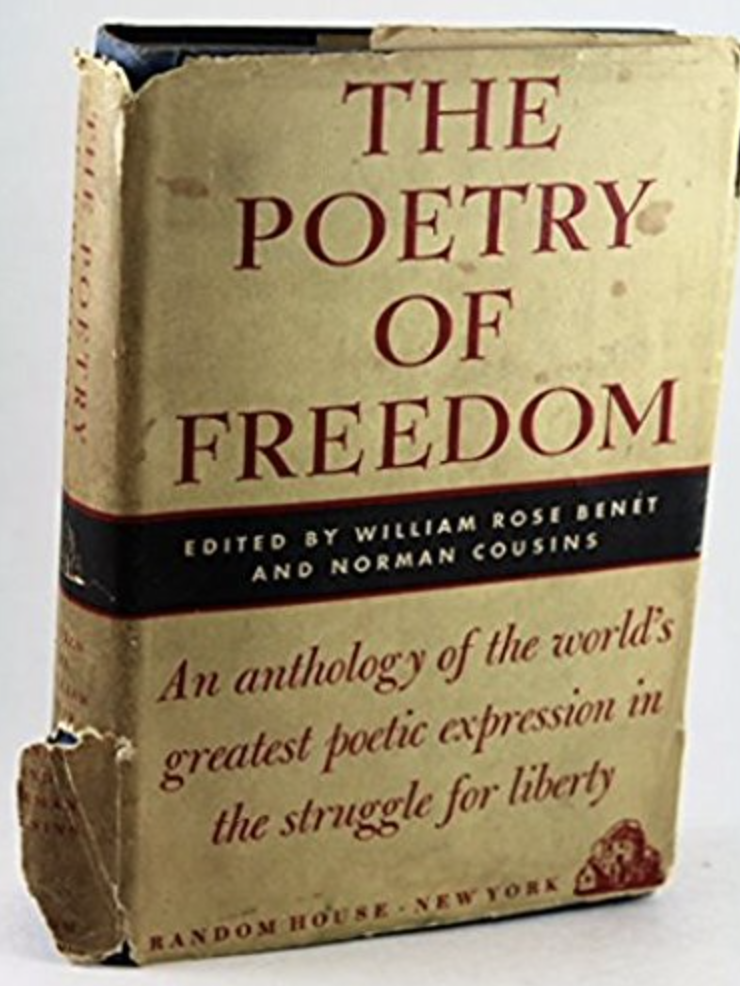
I found a used copy of this 1948 anthology on the theme of freedom while browsing a small bookstore. I was immediately intrigued. It includes religious poems, anti-religious poems, patriotic poems, poems of battle and poems from “our enemies” in war. It includes works both familiar and unexpected, domestic and international, resulting in a panoramic, human perspective on the concept of liberty — one worth revisiting and relishing.
Jennifer Needham
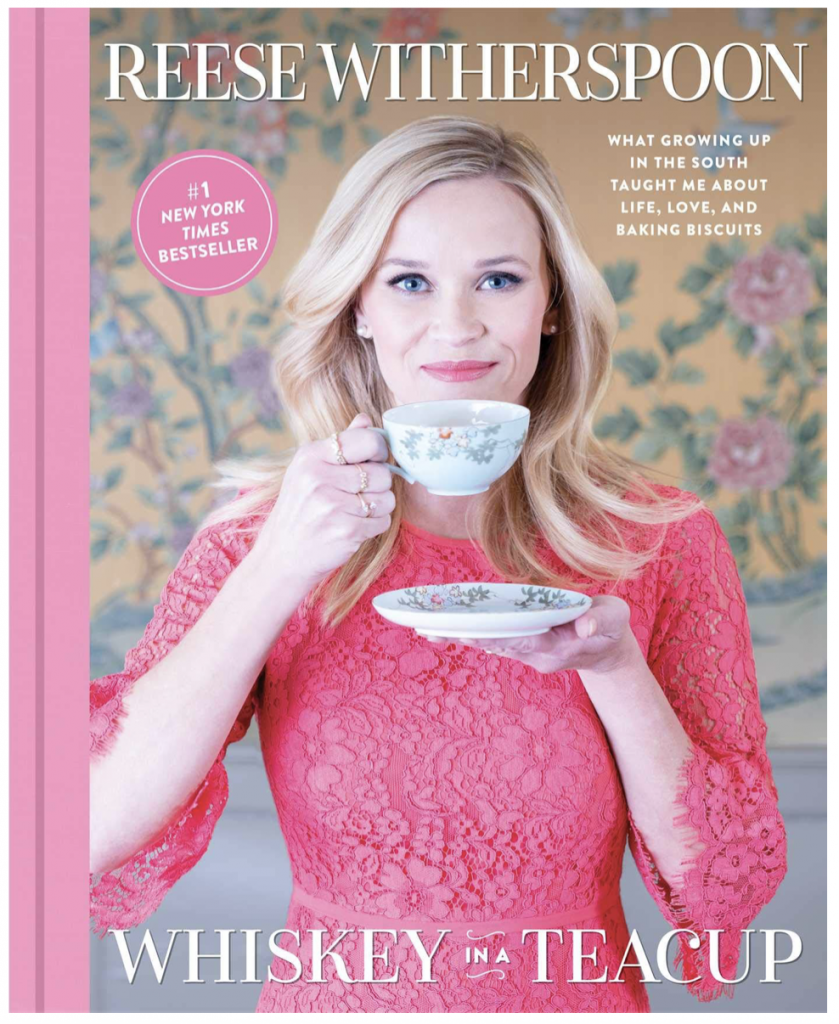
My reading lurched across the spectrum in 2021. Everything from Whiskey in a Teacup (Reese Witherspoon’s cookbook/Southern entertaining guide) to The Blood of Emmett Till by Timothy Tyson. Tyson’s book reads like a novel, taking Till’s story from Chicago to Mississippi.
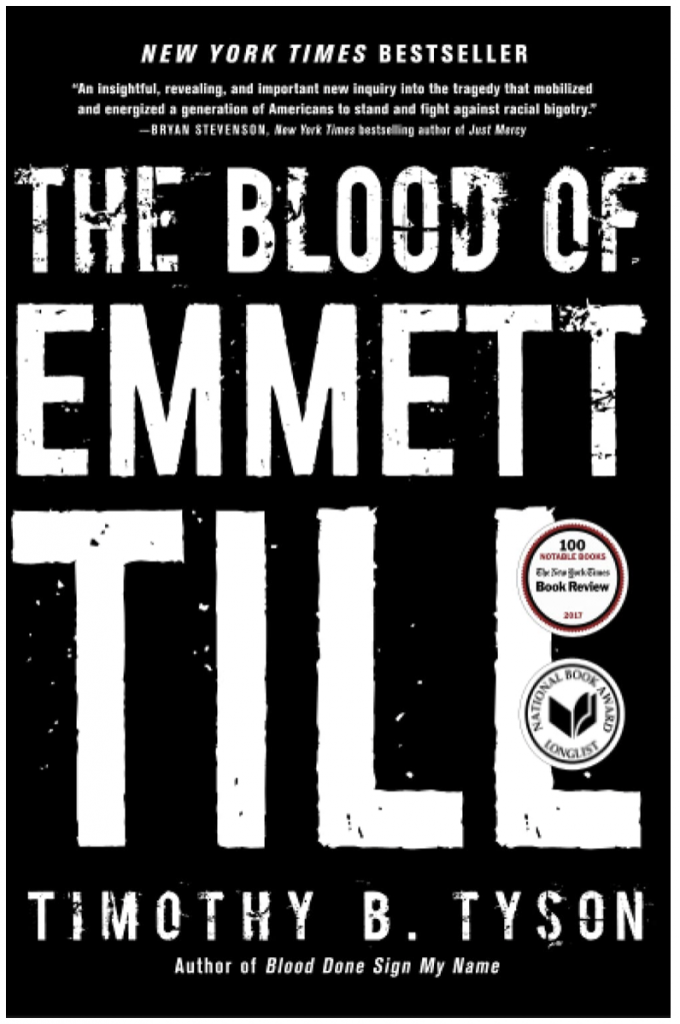
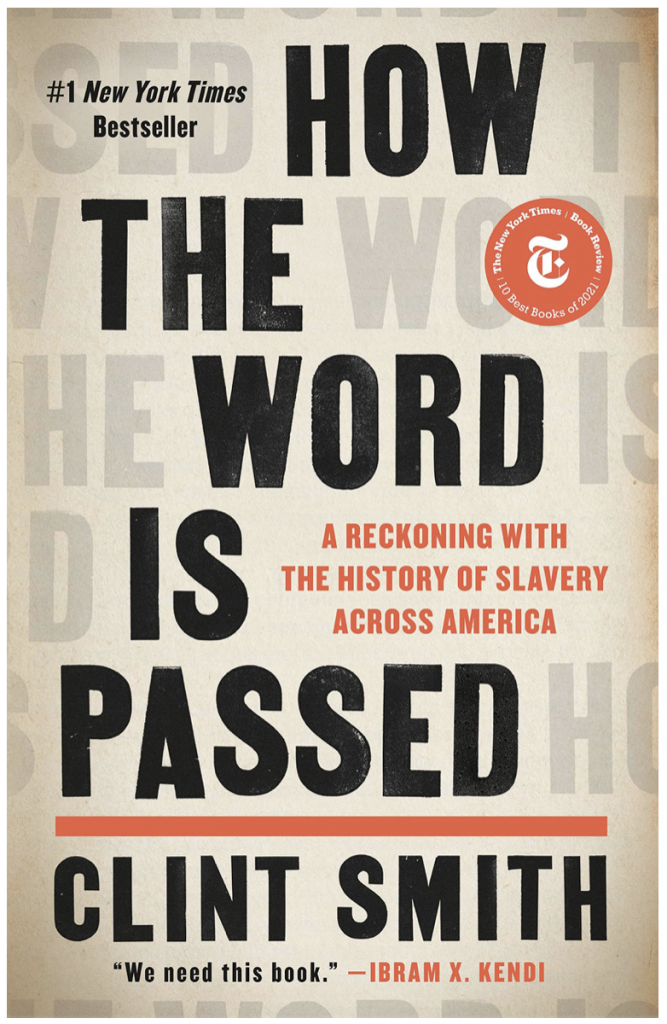
My favorite book of the year — and the one I’ve given as a gift several times — was How the Word Is Passed: A Reckoning with the History of Slavery Across America by Clint Smith. If you want to broaden your perspective and learn about erased history, start with Smith’s book. Smith is a poet and his book is worth the read not only for his explorations but also for his writing. Oddly enough, I’ve learned about my own family history from both the Tyson and Smith books. What a gift.
Don Sanford
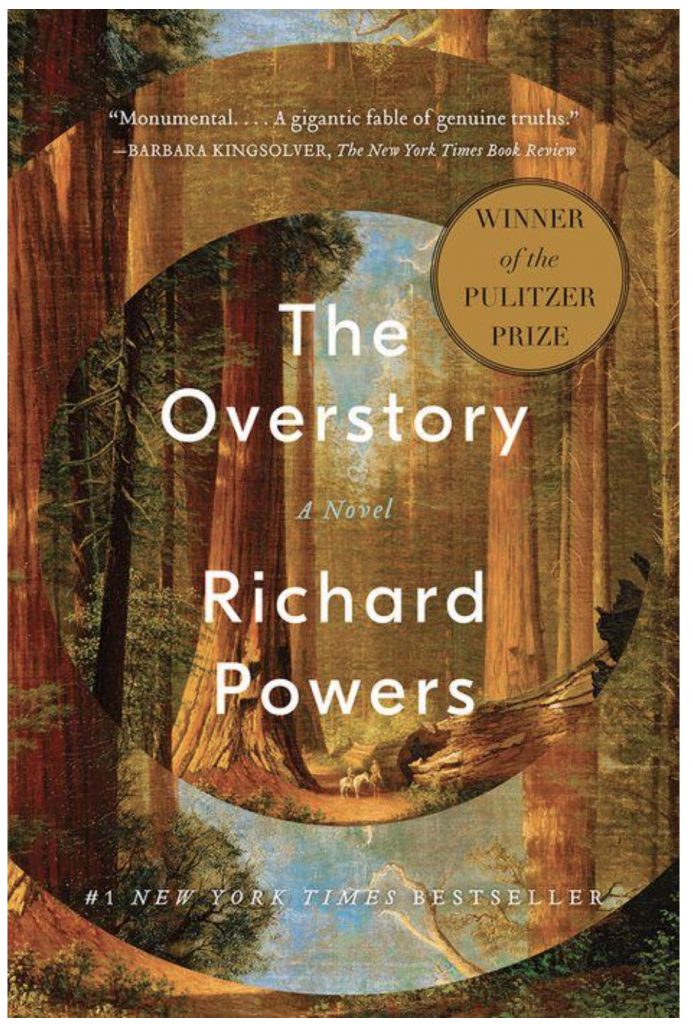
I’m currently reading The Overstory by Richard Powers. It’s a Pulitzer Prize winner for fiction and was released in 2018, back before the pandemic crept into our lives and changed everything. While the book is essentially about trees, it’s mostly about the people who live around the trees and about their lives. It is masterfully written and a surprisingly engaging read, given the subject is, well, trees.
I’m also reading, or shall I say, perusing, The History of Art in 50 Paintings. I read clips from it on occasion because I want to better understand Art and how we got where we are today. It’s a chore sometimes, but I find it helps me by making me more aware of Art … and sometimes it even helps me answer a query or two on Jeopardy. I am woefully ignorant about most topics in Art. This book helps me be less so.
Amy Crowell
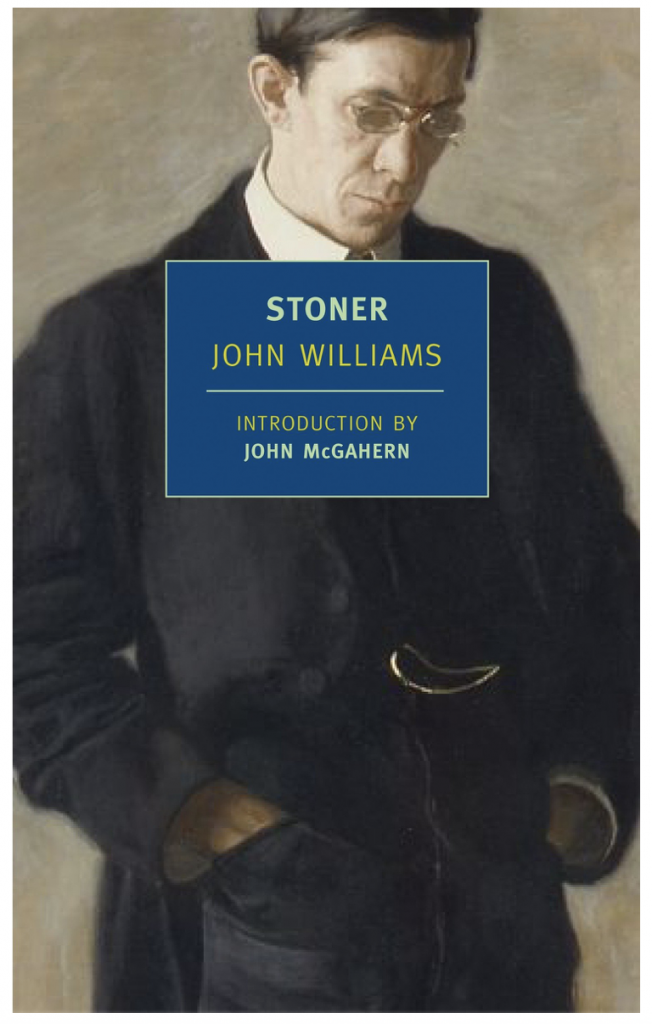
Currently finishing Stoner on the recommendation of Trey on the recommendation of Rick. (One of the many benefits of working with smart people.)
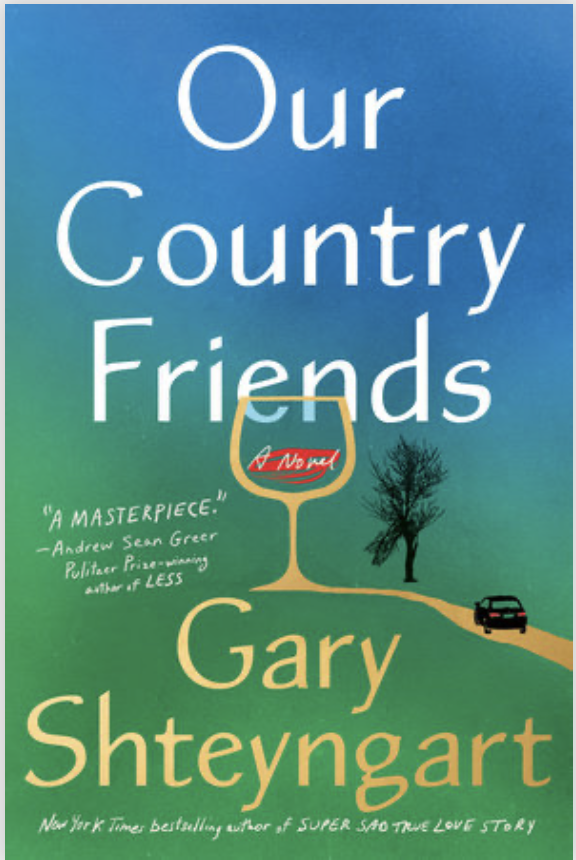
On the shelf is Our Country Friends by Gary Shteyngart, my first read set in the pandemic.
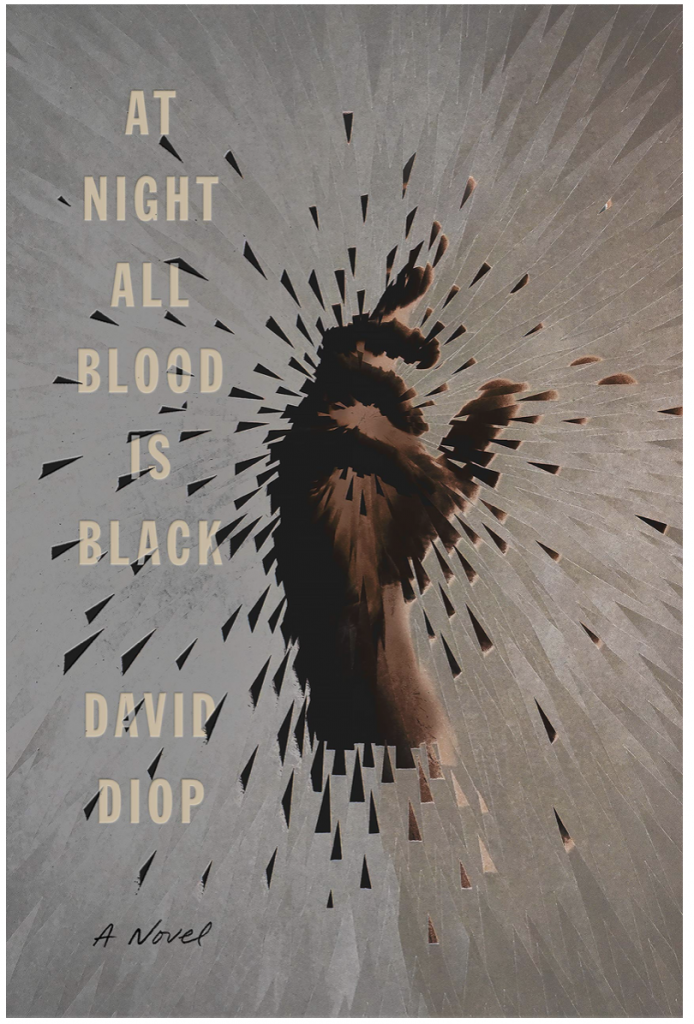
At Night All Blood is Black, by David Diop about a Sengalese villager who finds himself fighting with the French army during World War I. It’s first up on the virtual book club my college roommates and I are starting this month.
Julia Wolf
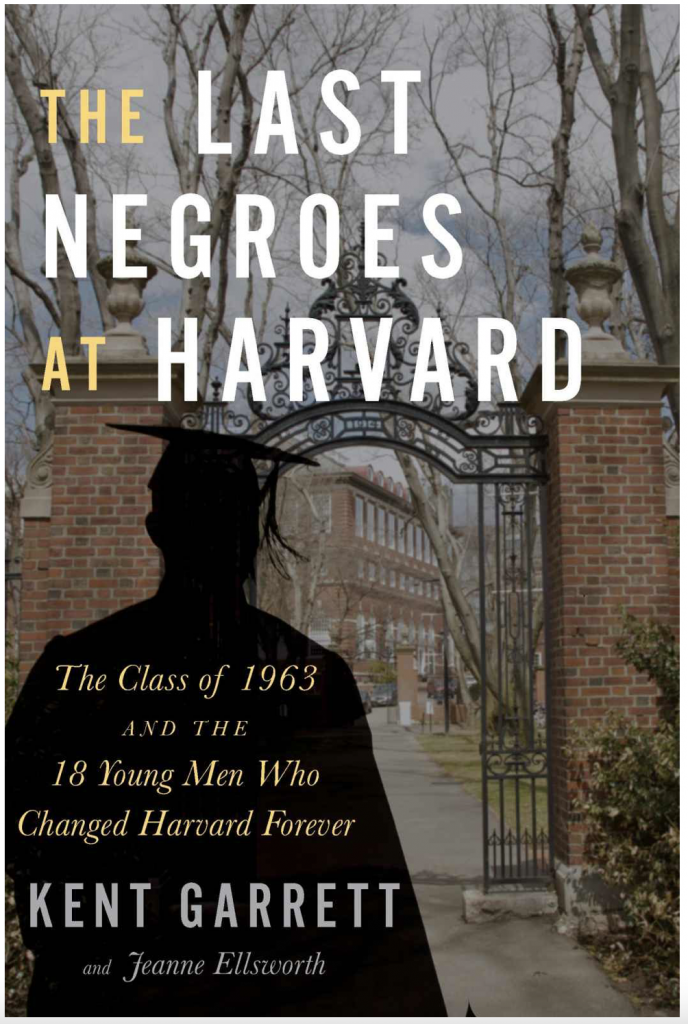
“The Last Negroes at Harvard: The Class of 1963 and the 18 Young Men Who Changed Harvard Forever” by Kent Garrett. I decided to order this book after reading an intriguing review in the WSJ. At this point I’m about halfway through the book. As a white woman who is only slightly younger than the group described in the book, I found it to be a profoundly compelling read, and fascinating snapshot of our society as a whole.
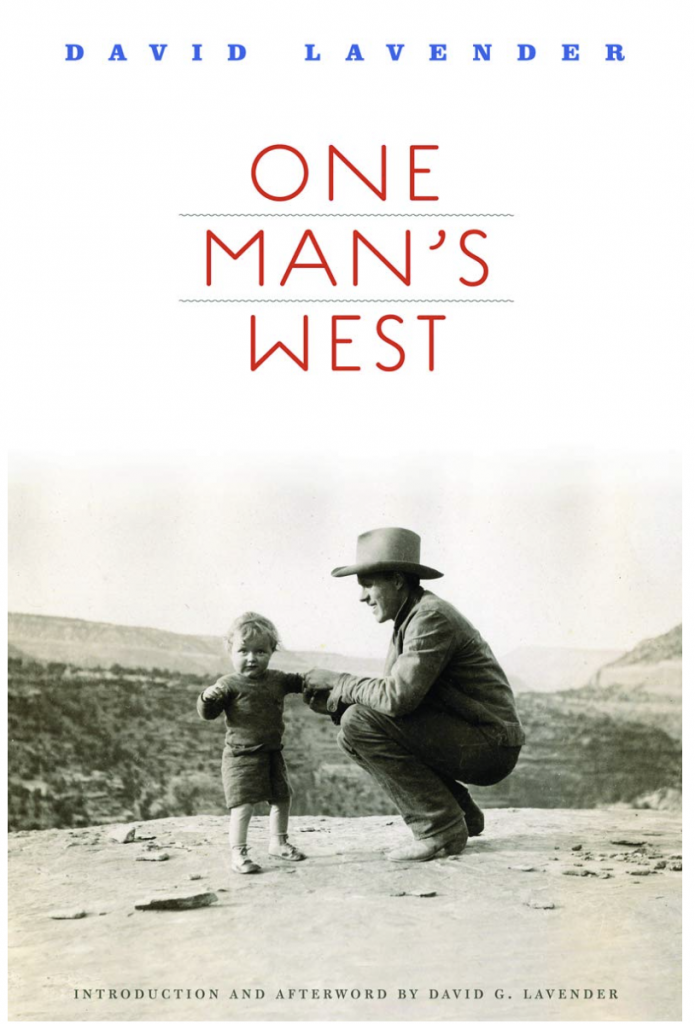
“One Man’s West” by David Lavender. I bought this several years ago while on a visit to Arizona. It’s a fascinating (and sometimes cringe-worthy) look at life in the American West in the 20s and 30s.
Michael Garcia
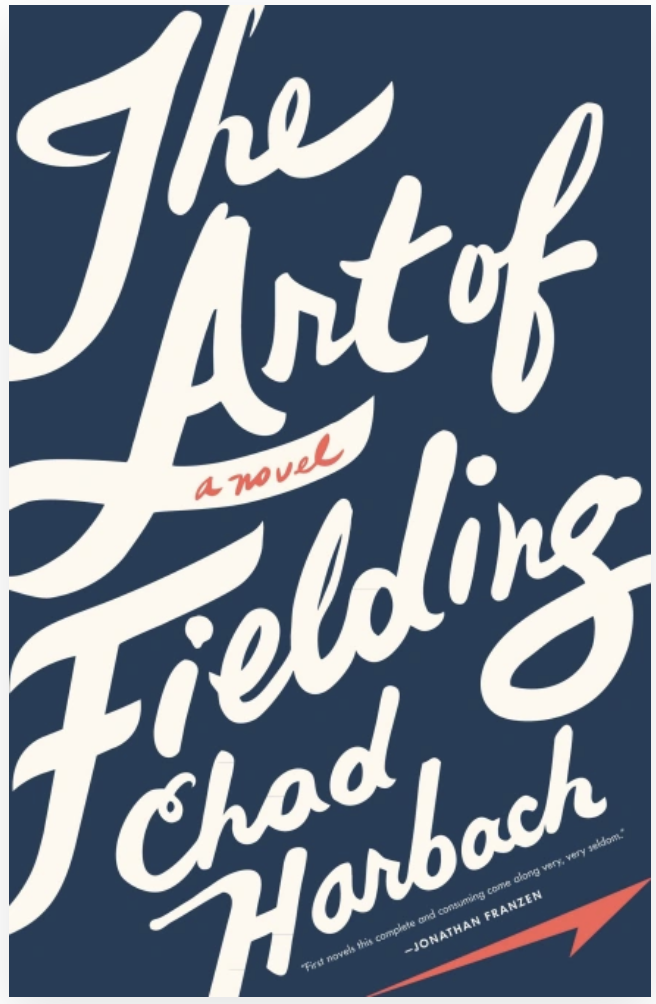
A wonderful novel about baseball — one of my favorite things — that’s not really about baseball at all.
Allison Artnak
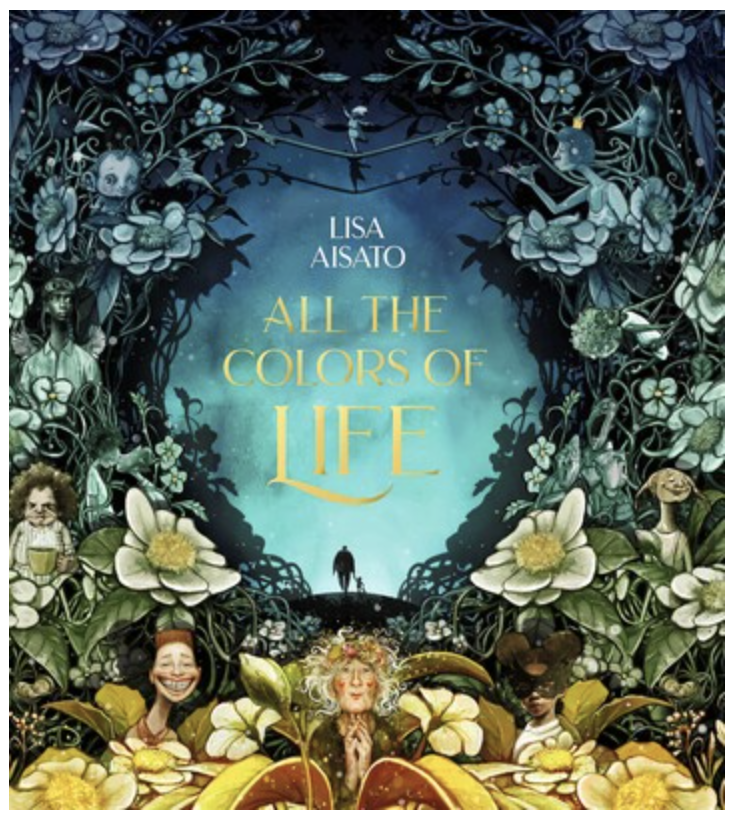
I came across this book online while Christmas shopping. I wasn’t familiar with the author/illustrator, Lisa Aisato, but apparently she is a well-known illustrator in Norway. I looked at sample pages online and thought it was incredible, so I ordered one as a gift and one for myself. I was absolutely blown away by the creativity and illustration. And even better, it’s a story of experiences in sequential order from childhood through adulthood (it’s 192 pages, but there is one sentence or two per spread, so it is a super fast read, but you linger on each page to soak in the beauty and all of the detail in each full-spread illustration). It is lovely on so many levels. She has written and illustrated six other books that I will explore sometime in the future.
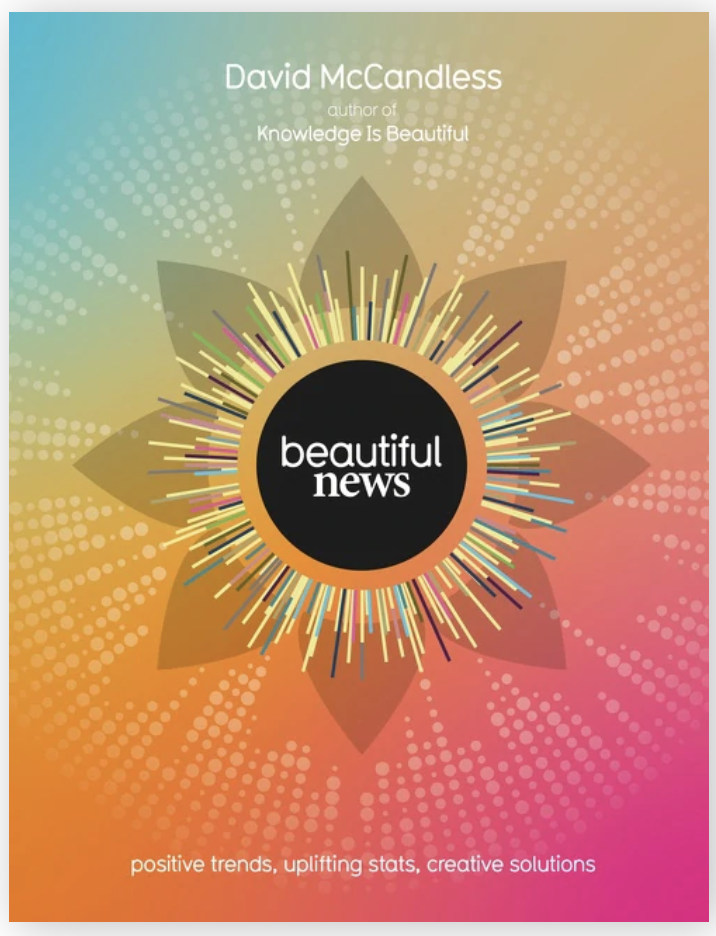
David McCandless is an author, photo-journalist and information designer in the U.K. I first learned of David and his work while looking for unique infographics roughly 10 years ago and came across his website (https://informationisbeautiful.net/). I bought his first book (it was awesome!) and since then, visit his website at least four times a year to see what’s new in the world of infographics. He has a new book (Beautiful News:…) that will be released in the U.S. in March that I have pre-ordered and I can’t wait to get my hands on.
Sara Levinson
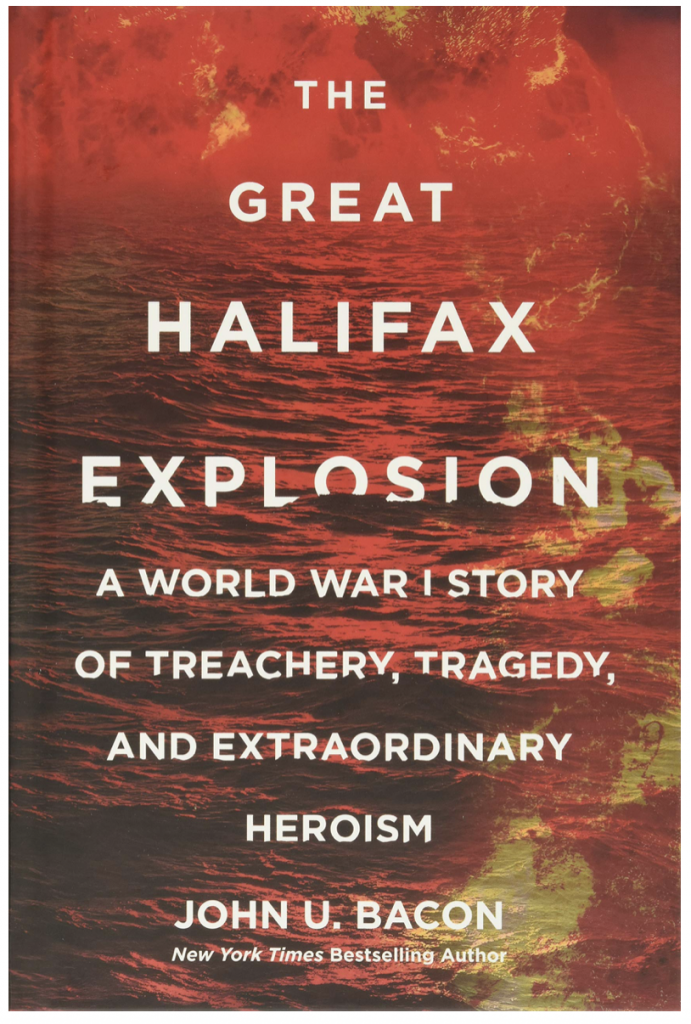
This is John U. Bacon’s account of the 1918 explosion of the cargo ship Mont-Blanc in Halifax harbor. The 2.9 kiloton TNT explosion, the most powerful ever excepting Hiroshima and Nagasaki, leveled the surrounding city and caused a thirty-five-foot tsunami. The choices made that day ultimately killed 11,000…but heroic and remarkable efforts saved thousands.
Norine Cannon
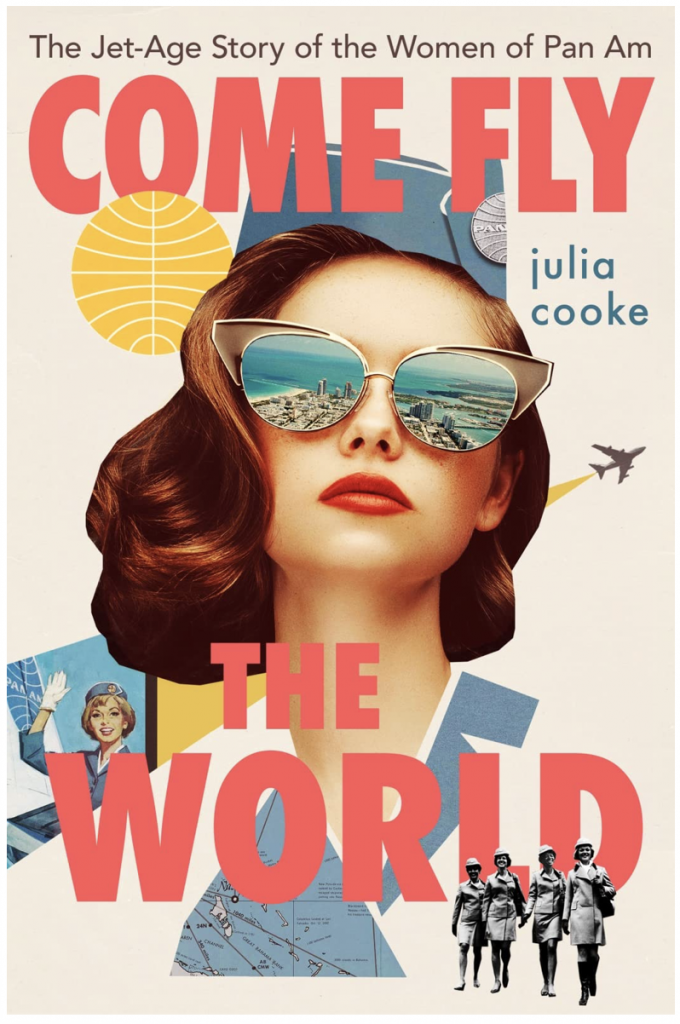
Fascinating stories from Pan Am flight attendants who worked for the airline in the late 60s to mid-70s. Required to have a college degree and speak two languages, they played a role in the Vietnam War and the fall of Saigon. Good discussion on sexism, gender and racial discrimination.
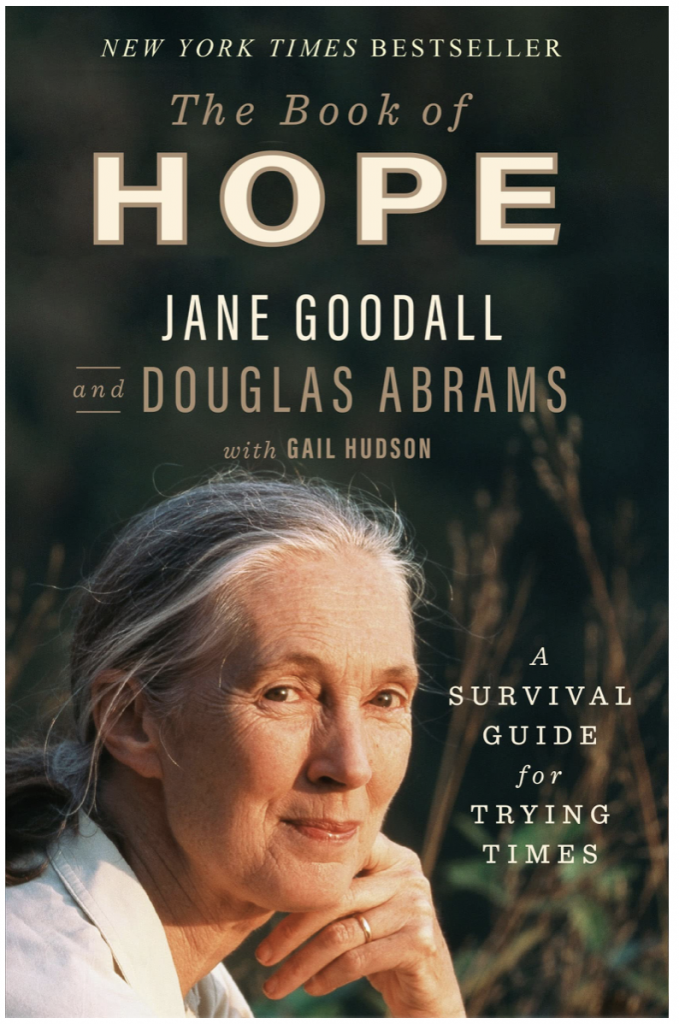
Goodall makes an argument for hope in these challenging times. She highlights some of the positive changes happening in the world and shares stories of the exquisite wonders of nature.
Trey Wood
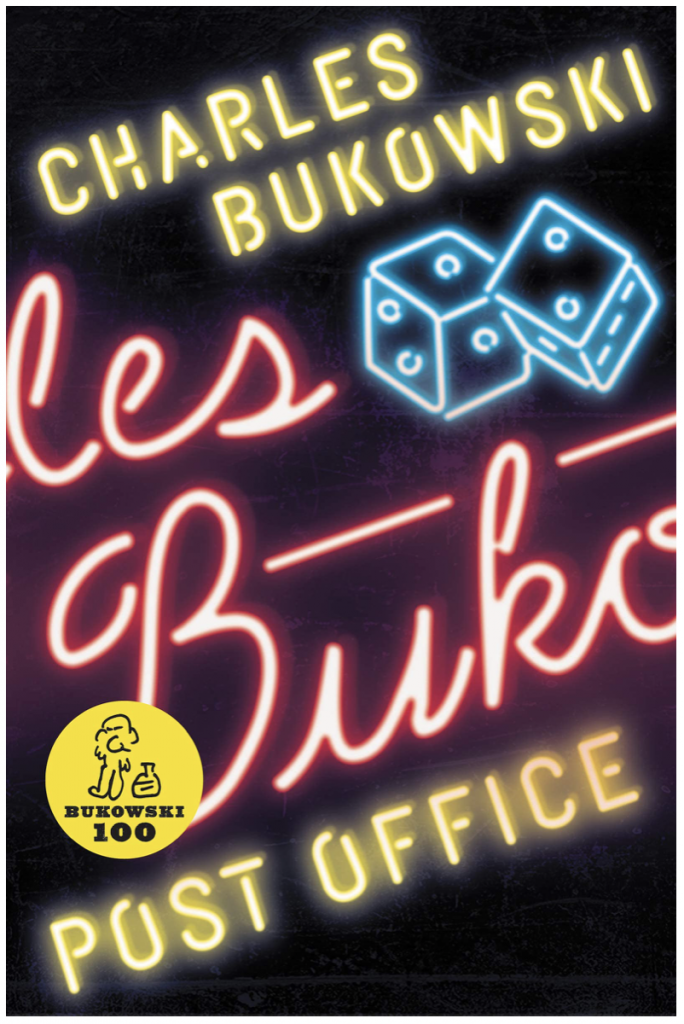
Like most who know of Bukowski, I was introduced to his writing through his poetry which, on occasion, is not filled with obscenities. But those are rare moments just as his output of novels was rare. While he produced thousands of poems and hundreds of short stories, the writer only completed six novels. Post Office takes the grimly hysterical world of Bukowski’s poetry and stretches it to novel length. If you never get offended, Charles Bukowski is up for the challenge.
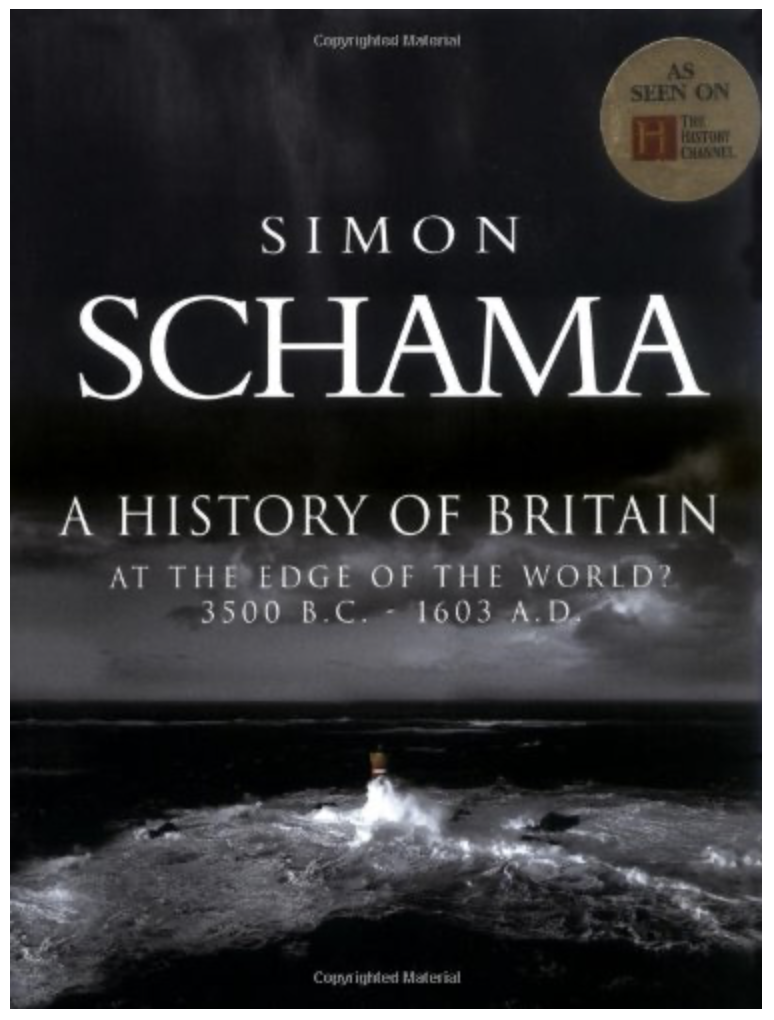
This is one of those wonderful books that accompanies a documentary series one might see on PBS or the History Channel. In fact, Schama’s documentary of the same name first appeared in the US in just that manner twenty years ago. Unfortunately, I did not see the series but I have enjoyed the book immensely, particularly the facts and speculations that intertwine to tell the story of Britain 3500 B.C. to the time of the first Romans.
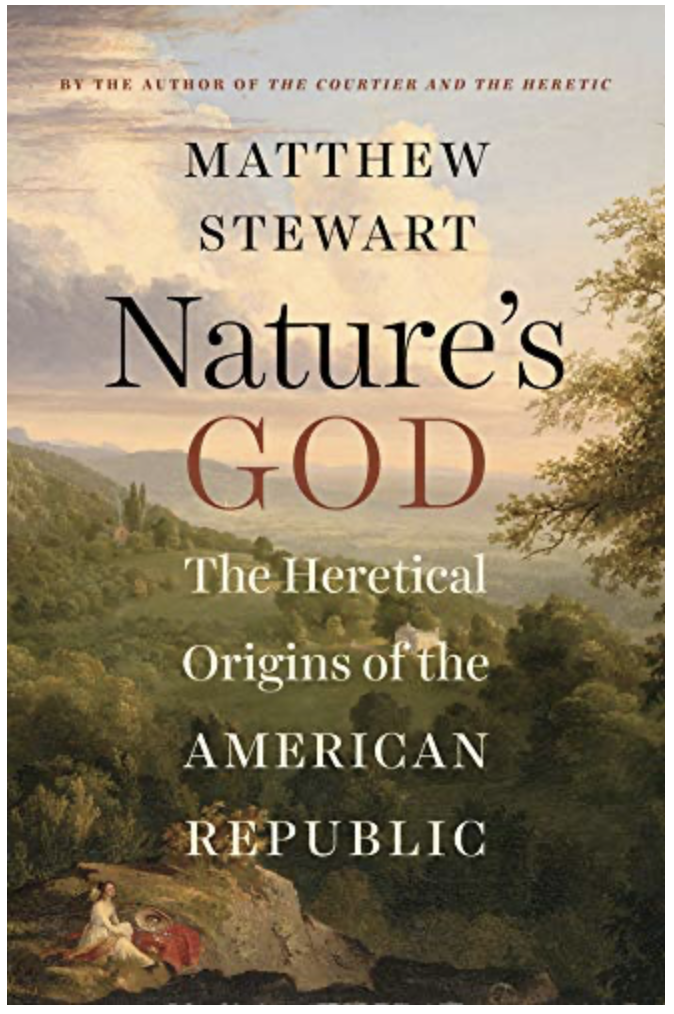
This beautifully written book is the retelling of our country’s founding. Stewart endeavors to convince the reader that the American experiment, as envisioned by the likes of Jefferson, Franklin, Paine and many others, was not just a liberation from non-representational government but also a demand from the tyranny of super natural religion. Occasionally, Stewart comes close to invoking Dan Brown and the reader expects someone from the Illuminati to be quoted. But he manages to avoid that trap and produces a very interesting read.
Rick Cole
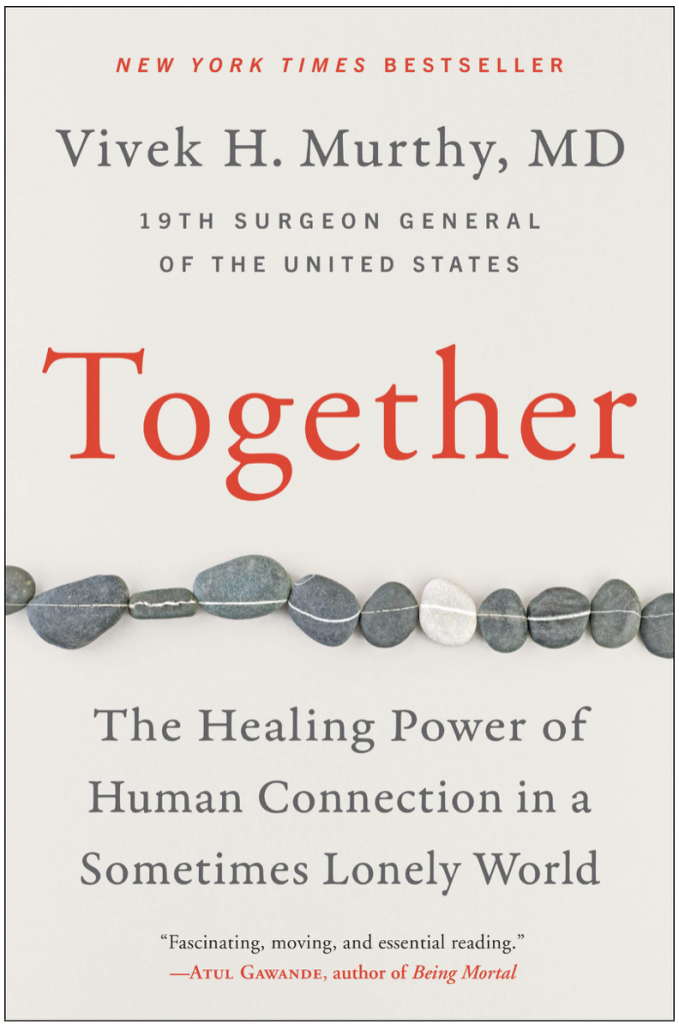
Covid has physically cut us off from one another. Social media, instead of connecting us, creates more desire for human warmth than any cold LED can muster (or worse, causes us to cancel each other). Should we be surprised that there’s a crisis of loneliness?
Dr. Murthy explains how loneliness is more than just sad. It’s an epidemic contributing to disease, despair and violence. His book is solidly informative, warmly compassionate and reminder about what’s important and how to nurture it.
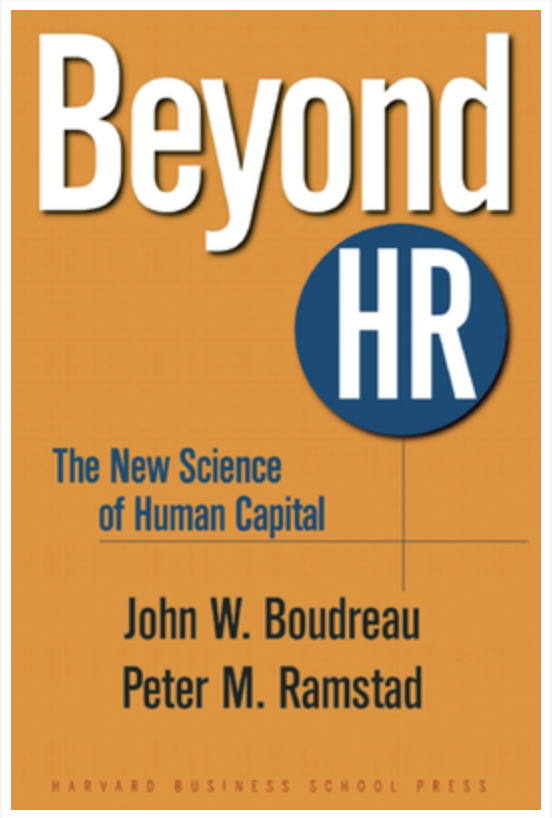
“Human Capital” is not just a clever rebrand. It’s an emerging approach to work that leverages technology to optimize the management of personnel and assignment. Boudreau posits a future role for HR departments that pushes them far beyond their traditional roles of talent acquisition and compliance toward full immersion into managing/maximizing of people, teams and processes. Fascinating book.
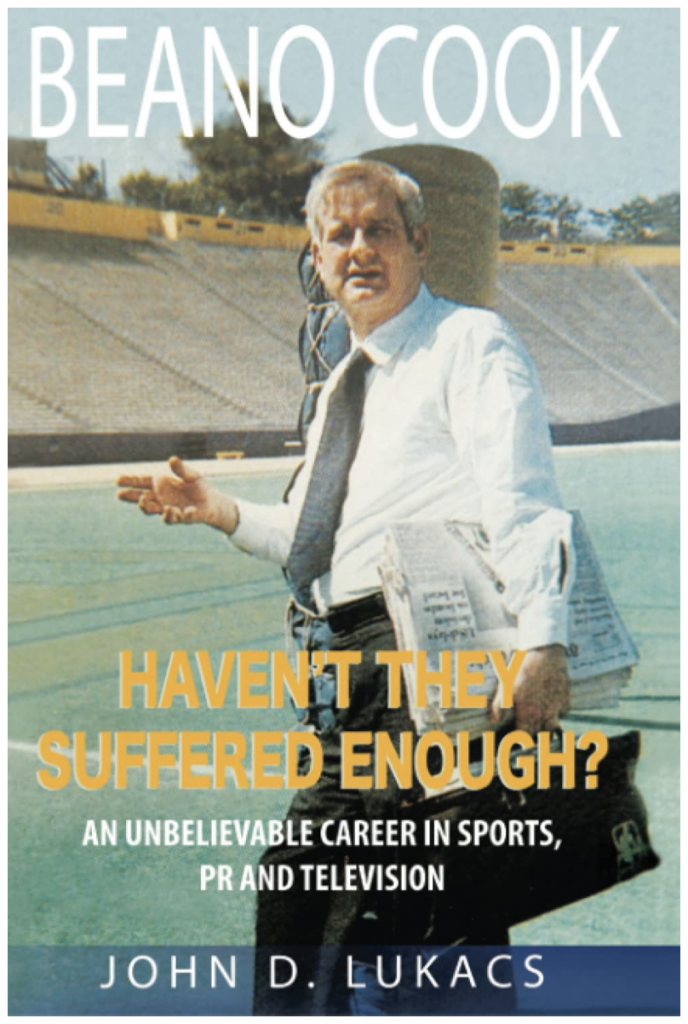
As corporate media continues culling true characters and eccentric personalities from onscreen talent pools, it’s wonderful to reminisce over the words of a Beano Cooke. This old school sports journalist was a fantastic raconteur and innovative media talent. (Beano was a co-founder of College Game Day.)
This book is Beano in his own words — writings and stories compiled by his protege and mentee John Lukas. If you love great story telling, college football, or laughing, read this book.
Scott Walters
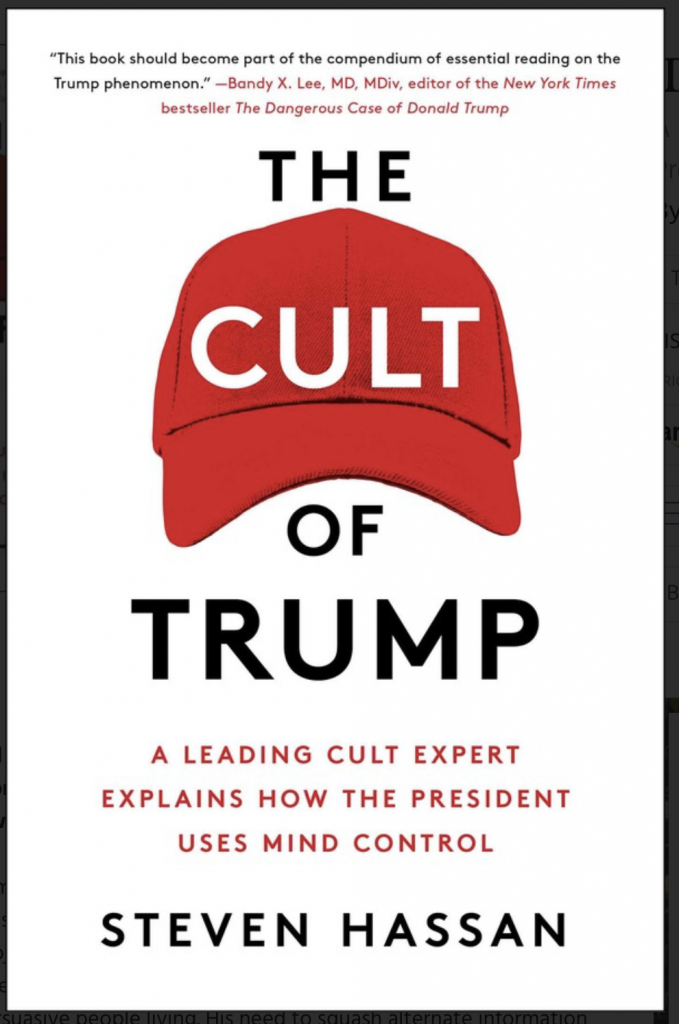
Regarding current events, Steven Hassan’s “The Cult of Trump: A Leading Cult Expert Explains How the President Uses Mind Control” struck me as an important piece. Cultural trends, and lessons learned from history, sparked my interest in the subject of Hassan’s book. I’m hoping this book shed light on a very disruptive, growing ethos.
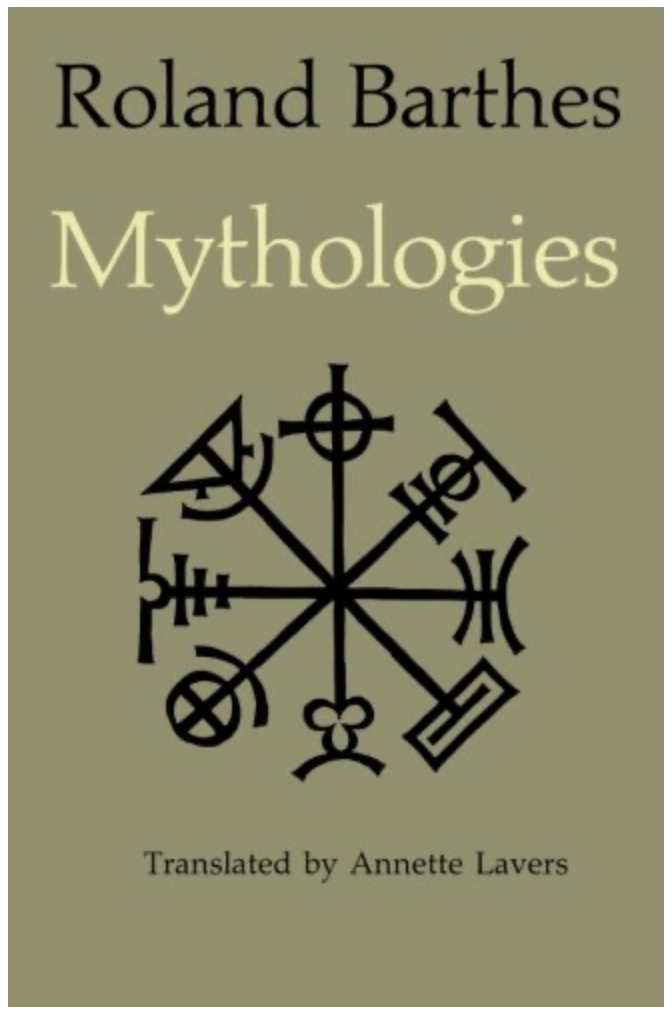
Like most folks, I was introduced to Barthes in college but have always wanted to dig a little deeper. “Mythologies” has particular relevance for designers — speaking specifically about his writings on Semiology (study of signs and symbols). Understanding how individuals and communities assign meaning to things is very much in my wheelhouse.

